I’m the bassist, 2nd singer, and the other half of this band. Its sort of bluesy-punk and lots of fun to do. My creative partner and the driving force behind the band the amazing Mr John Clay.
See more here: http://thebandcolossus.com/
I’m the bassist, 2nd singer, and the other half of this band. Its sort of bluesy-punk and lots of fun to do. My creative partner and the driving force behind the band the amazing Mr John Clay.
See more here: http://thebandcolossus.com/
“Champagne rain, custard lightning, lakes of swan soup, forests of black forest gateaux.” The tasty morsels of food and drink you consume in the experience have been developed by Mark Garston and Chef Michele Stanco, both whom are former team members of Heston Blumenthal’s Fat Duck Group.
Sweet Dreams was a project I worked on with a group of artists from Marshmallow Laser Feast.
Sweet Dreams was developed with the support of the BFI’s Film Fund
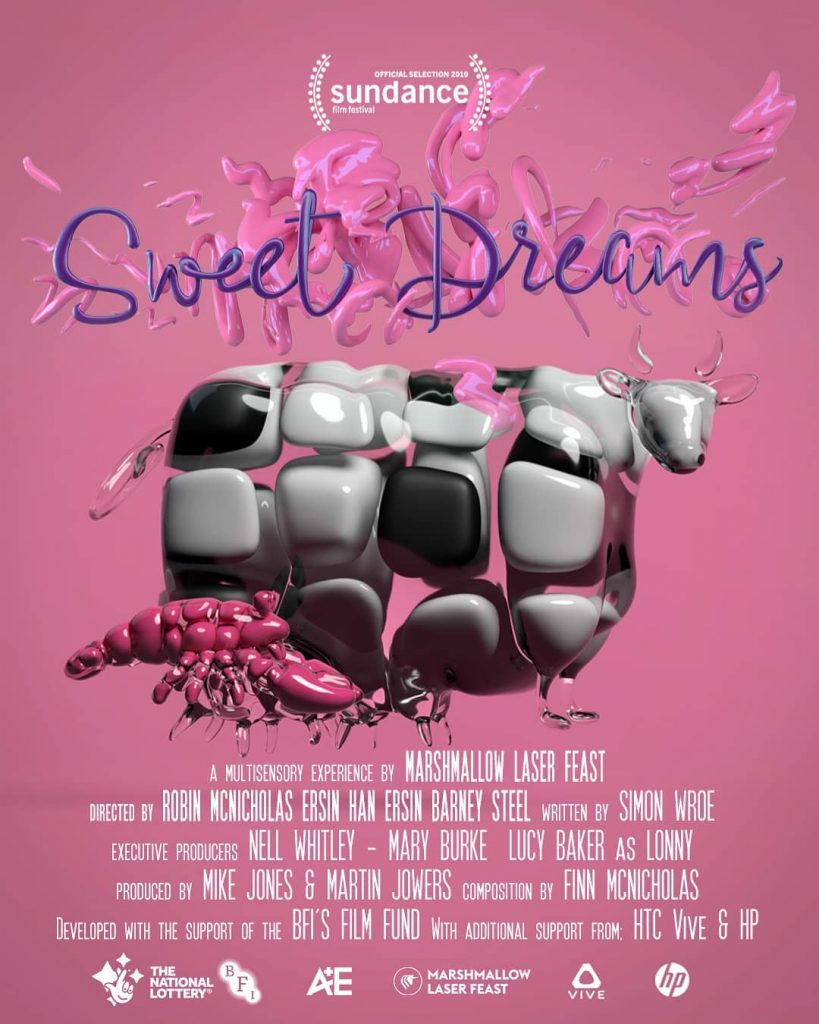
Freelance job working with Marshmallow Laser Feast to create a visualisation of the Ethereum network. The piece was displayed at the annual Blockchains developer conference, being displayed on two screens, an LED wall displayed behind a holographic scrim layer. The visualisation was developed as a representation of the network’s history, evolving and being manipulated by historic data across the various forks.
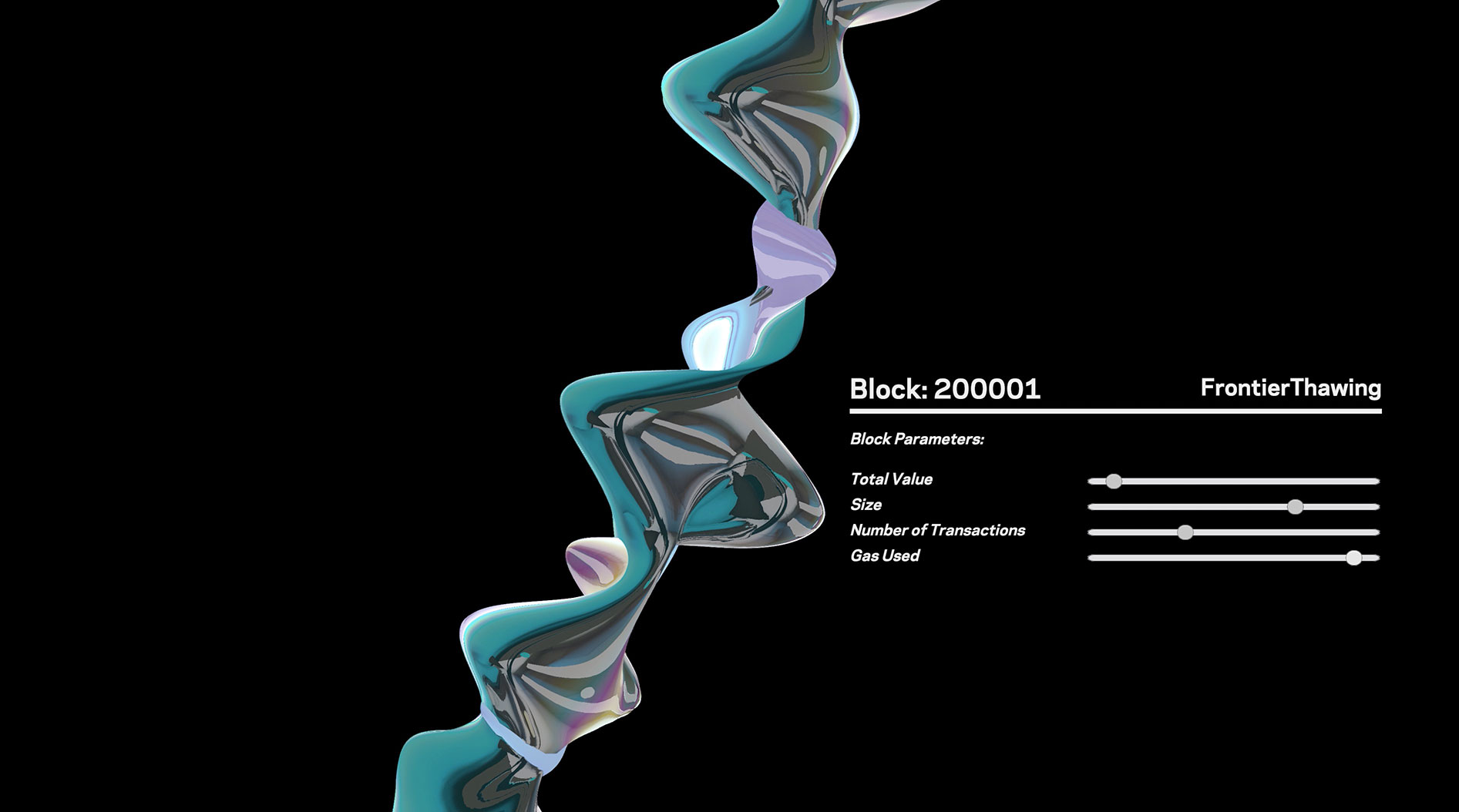

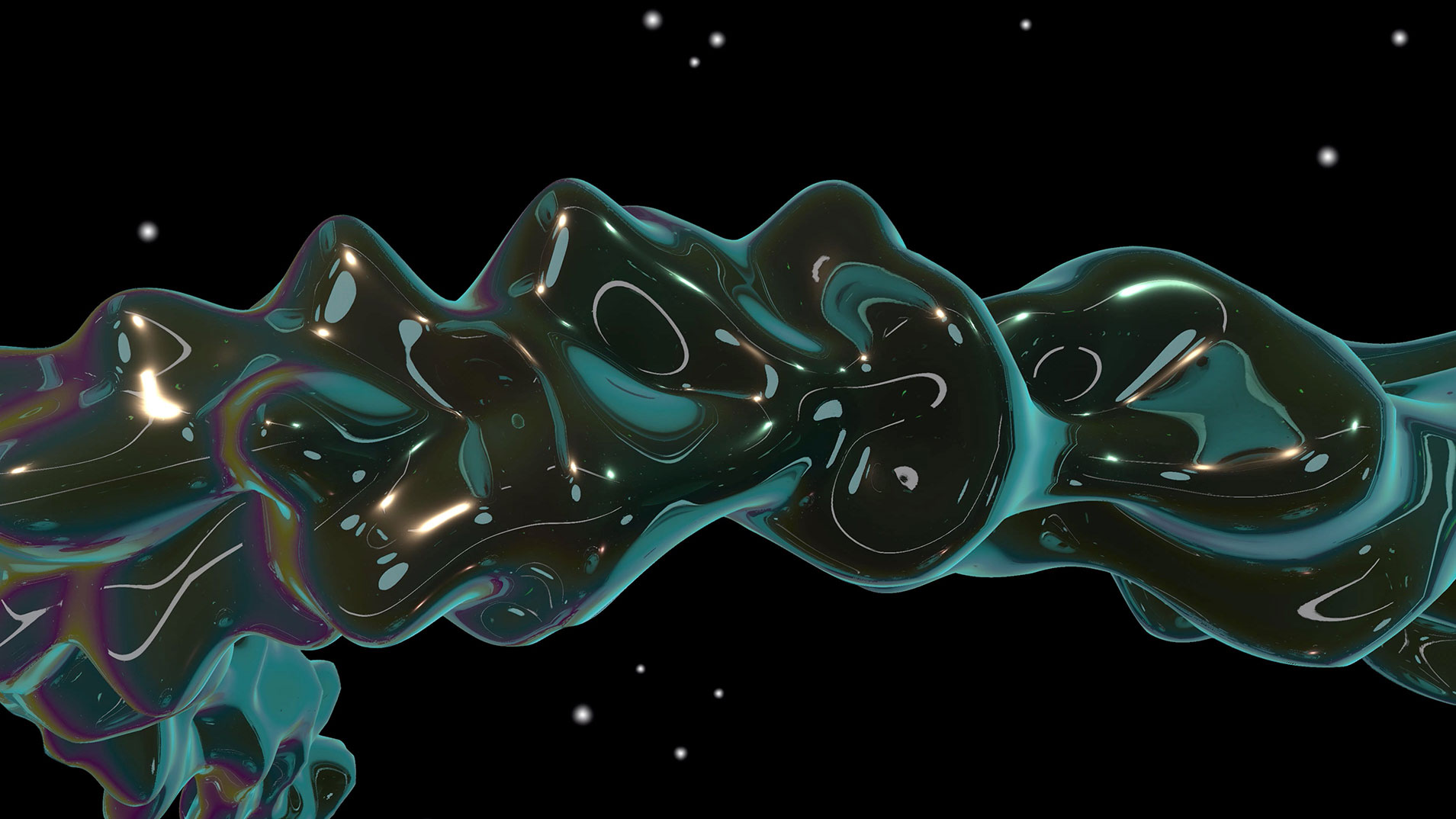
This piece was developed for a PhD student at Goldsmith’s, University of London. The student’s work revolves around looking at theory surrounding non-interactive procedural cinema. In the piece, she wanted to have a tiger (based on eighteenth-century automaton, Tipu’s Tiger) roaming through a forest scene. The tiger moves of its own free will, as does the camera following it.
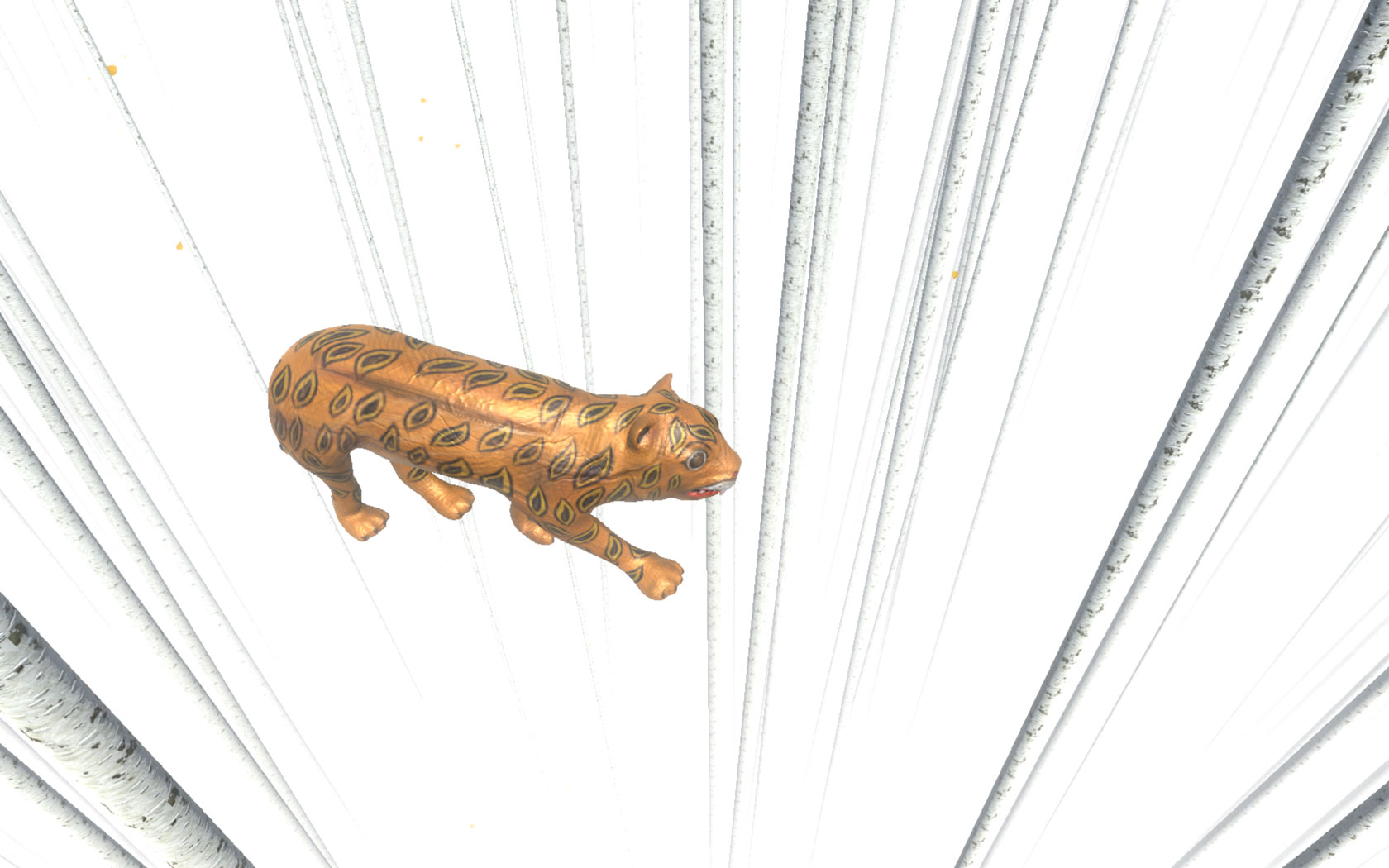
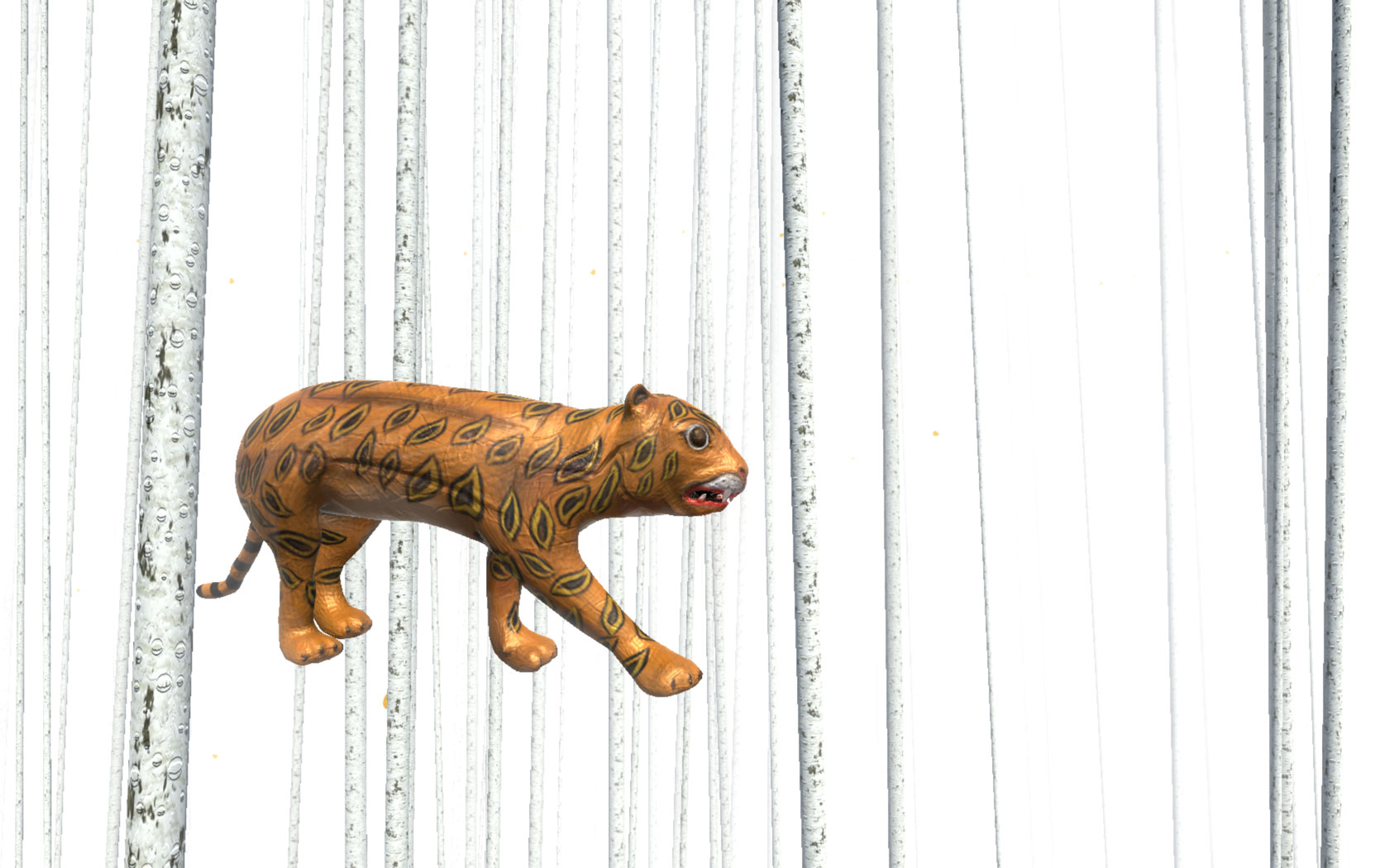
Interactive video with sound *Collaboration with Marisa Tapper
A monitor or projected screen display the feed from a camera hidden below it and directed towards the viewer. The feed cycles through several forms of distortion intended to convey a digitisation of the viewer by the machine. A robotic voice drones out the inner monologue of a computer consciousness as it tries to figure out the world around it. The monologue orates a narrative alluding to the machine’s arrogance and subtle disdain for the human race. The machine however, is also lonely and seems to crave interaction with the audience. The piece is intended to highlight our projected anthropomorphisation of machines throughout modern era, but especially in the face of growing interest in artificial intelligence and virtual assistants.
Physically interactive videogame with sound
A monitor or projected screen display a swirling tunnel moving through a star field. Points of light float towards the player in a patterned movement. The player stands in front of the piece holding a PS Move controller (a small baton illuminated at one end to act as a computer vision tracking beacon) which controls the movement of an eye-like glowing avatar on screen. The player’s goal is to move the avatar in line with the on coming points of light and collect as many of them as possible. As the player collects them, a narrative starts to unfold verbally.
The theme of the piece relates to the concept of reincarnation and thus the narrative follows the story of a character’s life, highlighting a key moment from their experience as a human. At several gameplay thresholds (or levels), the player is confronted by a large rotating geometric shape which they must pass through. If the player has successfully collected enough light, they will pass through the shape into the next level where the process continues. The light is symbolic of forgiveness, harbouring the idea that souls will repeat their journey’s through the earth plane learning lessons and letting go of their pent up karma. Each level is symbolic of a different chakra being represented by the colours, sonic palette, and narrative theme.
If the player fails to collect enough light to pass through any of the seven levels, they are returned to the beginning of the experience but with a different narrative signifying that the soul has gone back to the earth plane, lived another life and is now attempting ascendance again.
We’ve been porting Between over to the Oculus Rift recently (WIP):
Check out the website for more info: http://thegamebetween.com/
Interactive video with sound
Don’t Let Them Die is a digital artwork created using game technology and exhibiting an element of emergent gameplay / narrative. A large screen or projection shows a mountainscape viewed from the sky filled with flocking birds swirling around the viewpoint in a seemingly random pattern.
The behaviour of the birds is dictated by Craig Reynold’s ‘Boid’ algorithm, a common method for simulating the effect of flocking in birds and fish. Treating it as a heuristic model, the piece encourages viewers to also interpret the algorithm as a metaphor for how people relate to one another as agents within society.
The piece is not directly interactable however is designed as a game in that it has an explicit goal which is to keep the birds alive. The piece is internet enabled and pulls in live stock data from some of the top performing stocks in the world; if the prices of the stocks suddenly crash, then all the birds slowly curl up and fall from the sky in slowed motion. The message being portrayed by the piece is that the viewers of the piece are tasked to continue contributing to capitalist society, driving the economy forward and keeping the status quo.
Although the message is on the surface pro-capitalist, there are subtle undertones of a human urge to break free from societal and systemic constraints. The birds seem free, flying in which ever direction they choose across a seemingly endless landscape; however, they are almost entirely constrained. The birds exist within a computer simulation, the sky is merely a static backdrop, and their behaviour is completely dictated by an algorithm that they are unaware of.
Static Sculptural Installation with WiFi
As remote technologies and artificial intelligence become ubiquitous, their viability as a form of mechanised warfare becomes more economically appealing. This results in discrete and protracted layers of abstraction between the agent who pulls the trigger and the machine which fires the bullet.
Despite its plastic and colourful exterior, this piece has a Wi-Fi router embedded within it which, once connected to (by holding down the trigger, an electric circuit is completed, powering the router), displays disturbing images of children mauled in US drone strikes alongside a contextually appropriate quote from Noam Chomsky.
This interaction is an attempt to infer a procedural rhetoric about the nature of automated mechanical warfare and also generate awareness of the societal moulding and desensitization to violence through videogames and TV/film.
The title of the piece makes reference to Magritte’s ‘This is not a pipe’ which toys with the notion of form and representation as a semiotic expression.
Static Sculptural Installation
Exploring themes of sacred geometry, gamification and the opaque nature of game technology, this installation projects a virtual shape onto a functioning staircase.
‘Level Up!’ began as an attempt to highlight geometric principals of repetition and symmetry within basic architecture. By winding string through each of the spokes of the bannister, a relationship could be drawn out between them in a tangibly physical manner.
After this initial exploration (the bottom most point of the bannister being connected to each of the points along the top), I decided that it would be too time consuming to experiment with all of the different patterned combinations of string. Instead, I decided that it would be more efficient to recreate the scene digitally so I could experiment with all the different ways of stringing up the bannister.
I wrote a program to visualise the bannister and then wrote a number of algorithms for drawing different patterns of varying complexity. I decided upon a fairly simple yet geometrically appealing design which gave the pattern depth and reminded me of perspective grids from the movie ‘Tron’ and other such ‘retro sci-fi’ aesthetics.
After completing this portion of the installation I decided to experiment with stringing together other parts of the staircase. Between the sections of the staircase (the main bannister, above the bannister, and overhanging the stairs) there are three levels of detail which are mirroring the effect of polygonal tessellation in videogame geometry. In computer graphics, tessellation is a process similar in concept to mip-mapping where more or less detailed versions of an object are served to the player’s graphics card according to their distance so as to optimise the ratio between graphical fidelity and hardware performance.
At the top of the staircase sits a bowl of candy, any staircase dweller/adventurer brave enough to endure the arduous journey of ‘The Dreaded Staircase’ is rewarded by being allowed to take some candy. This stands as a parody of the current infatuation with and misunderstood nature of ‘gamification’ as a subset of Serious Games.
Next to the staircase I have printed some of the unused designs and framed them along with the actual code used to create them. This not only illuminates part of my process but highlights the opaque barrier to understanding of how videogames work. There is also an interesting interplay present between elements of the real world being recreated on a screen, and elements usually found on a screen being printed and displayed within a frame.
There is an element of vulnerability present in the public display of code.
Complimenting this comparison are the three paint palettes used when painting the string which I have mounted too. These are actually pieces of metal from abandoned computer components which have been flattened and used to mix the fluorescent paint.